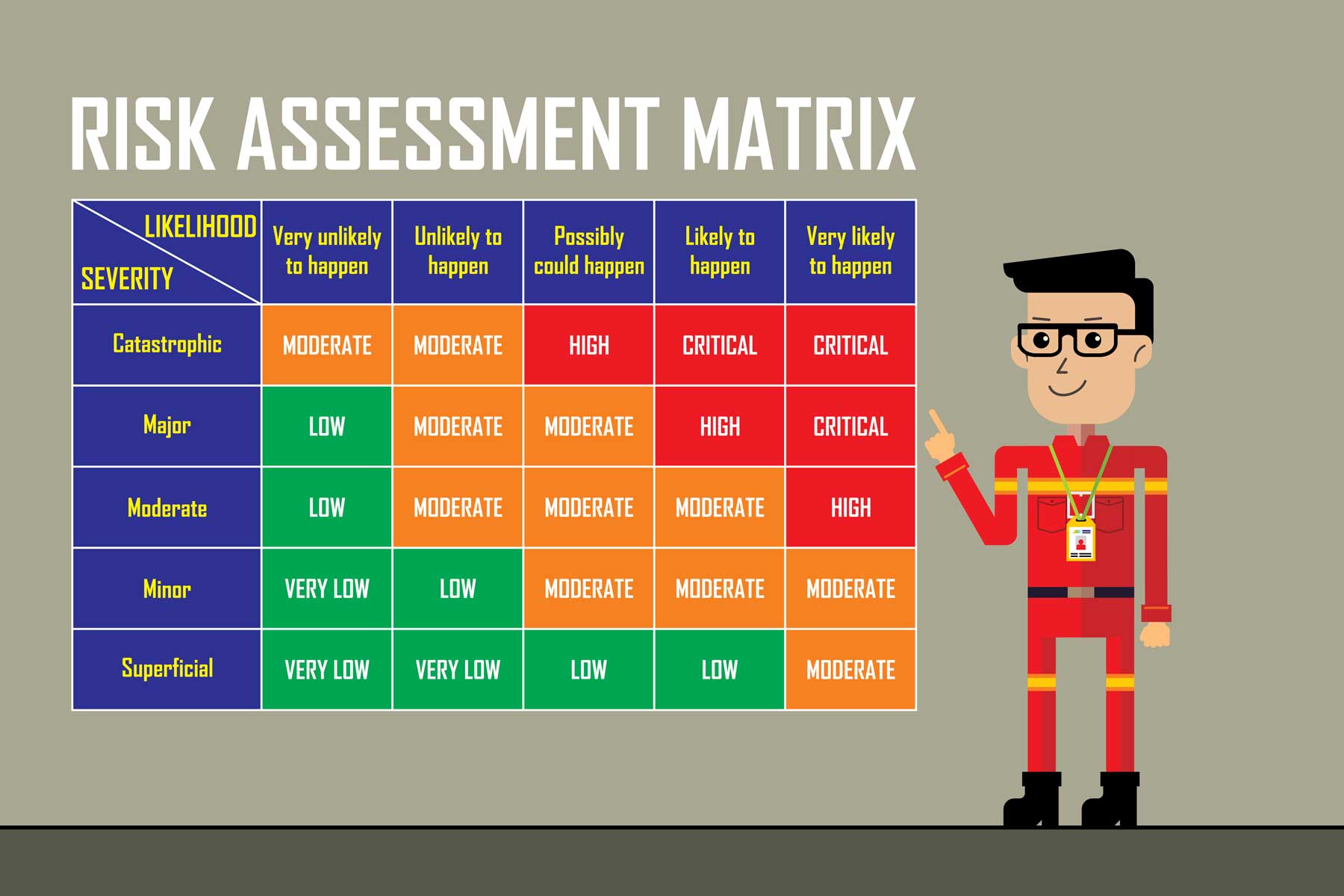The Nation has been tentatively waiting for the government to announce the re-opening of businesses. As of April 12, many were delighted to hear that non-essential business, including retail, hairdressers, libraries and indoor leisure centres, are now open.
Self-catering accommodation can now welcome guests, and small outdoor events can take place.
Thankfully, from May 17, businesses in all but the most ‘at-risk’ sectors will be able to re-open, including cinemas, indoor seating in restaurants, B&B’s and indoor small exercise classes. Indoor events of up to 1000 capacity and larger (up to 4000) outdoor events will also be allowed to take place.
While this is excellent news for the economy and the general public, it brings its own set of challenges.
We have outlined some ways which will assist in the safe return to the workplace.
Risk Assessments
All businesses operate risk assessments which will vary by sector; for example, risk assessments relevant to a restaurant will differ from those required for an architect’s office.
However, all risk assessments should be updated regularly to reflect the current government guidelines for COVID-19 and taking reasonable steps to protect your workforce, including:
- Who is most at risk in your workplace?
- Social distancing measures
- What activities need to be closely monitored or removed to reduce the risk of transmission?
- Further measures to improve sanitising facilities
- What happens if there is a positive Covid-19 case reported or worse, an outbreak?
Communication is key
It has never been more important to keep regular contact with our employees. With so many changes to government guidelines, it is vital to keep our workforces up-to-date, especially regarding new opening schedules. This can be a round-robin email sent to all employees informing them of the new guidelines for many offices. For some, however, this may prove difficult and may require more of an open discussion once the workforce is present in one place – a presentation can give employees an overview of expectations and what processes have been put in place to protect them.
Listening to feedback
For many employees returning to work, this is a welcome change to being furloughed or working from home. For others, this is an anxious time filled with uncertainty and fear for those in vulnerable groups. As their employer, it is your responsibility to take time out to listen to any views of concern or questions that may arise from starting back at work.
Do not ignore any suggestions they might have for improvements. Write these down and discuss them in an organised meeting – there may be ideas that will further improve the work environment. Agree to any actions together.
Perhaps you employ people from different ethnicities and beliefs who may have different concerns? These are no less significant, and it is important to understand their needs and be respectful and accommodating wherever possible. Flexibility and support will help you to find a mutually agreeable solution.
Ongoing assessment
The situation is constantly changing, and just as we are given updates from the government, we must reiterate these changes to our workforce. Maintaining regular communication is crucial in adapting to any changes that occur and protecting employees and customers at all times. Keeping abreast of the news will ensure you can make any reasonable adjustments.
With over 30 million people receiving their first vaccination, things are looking up for the UK economy. If businesses put robust processes in place, their employees will get back to something that will resemble the new ‘normal’ – we can’t wait!
We’re here to help you navigate the people problems that can arise from employment. Don’t ignore issues; address them early and get your policies in place.
We can help with expert advice. Visit our website at www.sfb-consulting.com or give us a quick call on 01279 874676.

